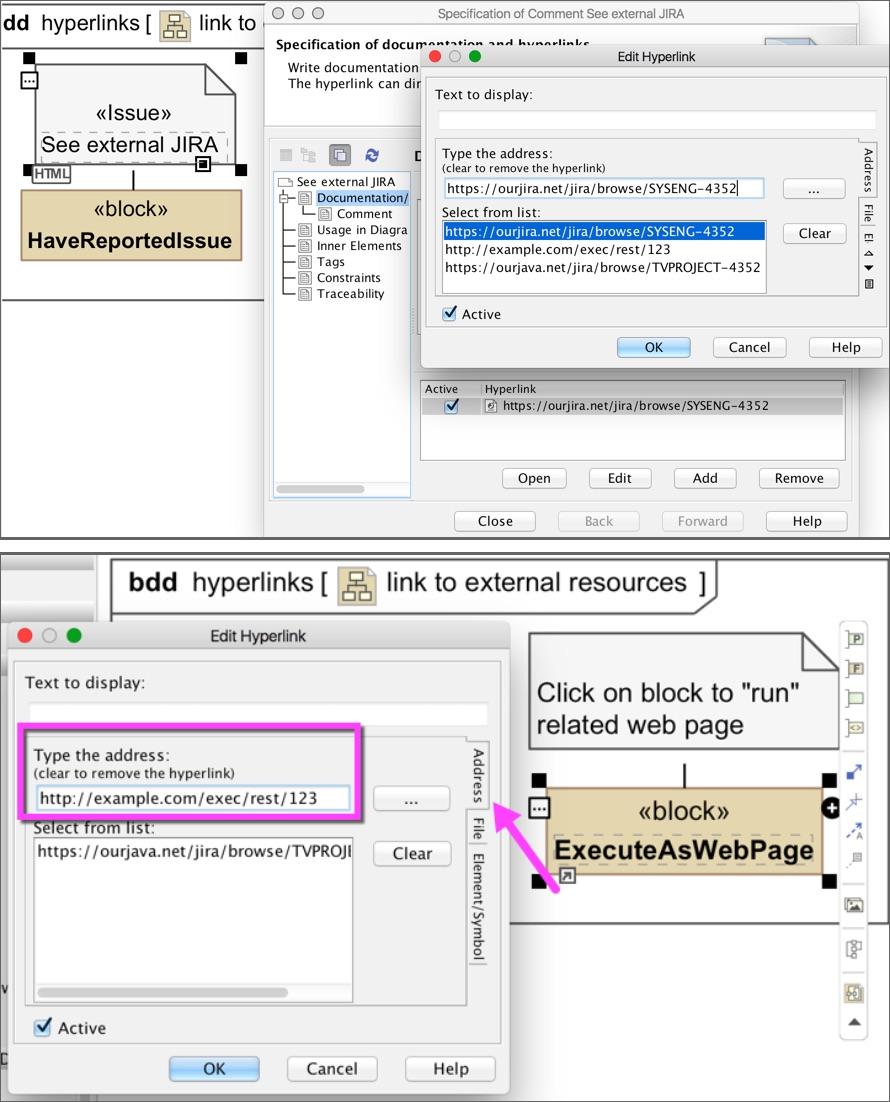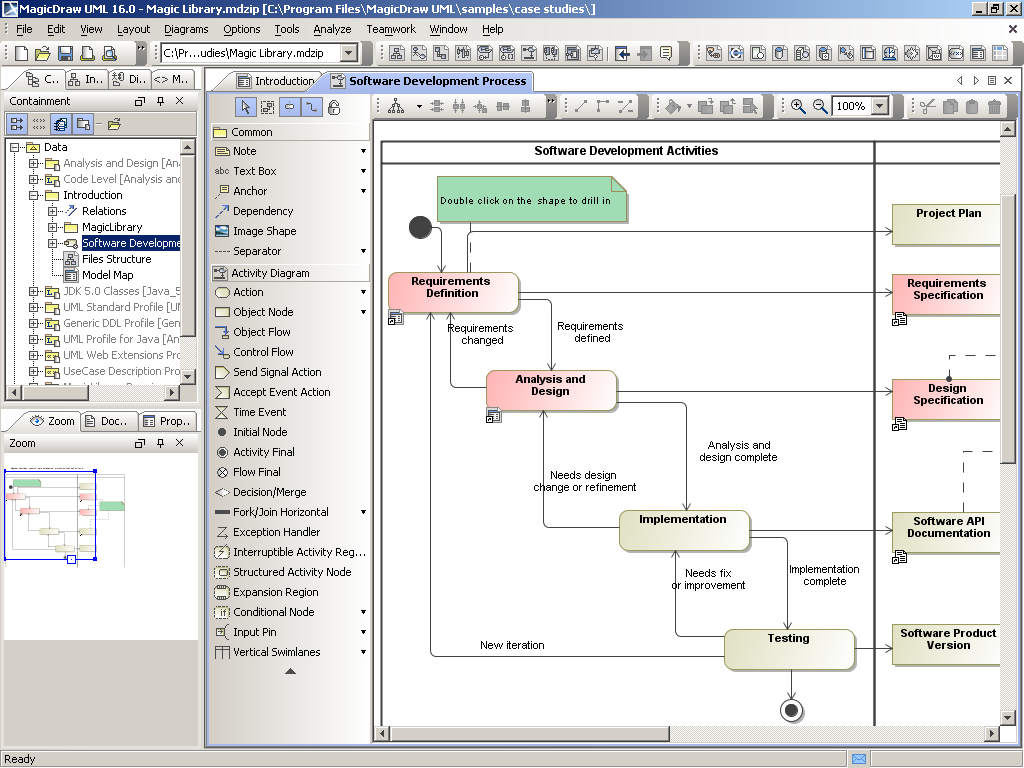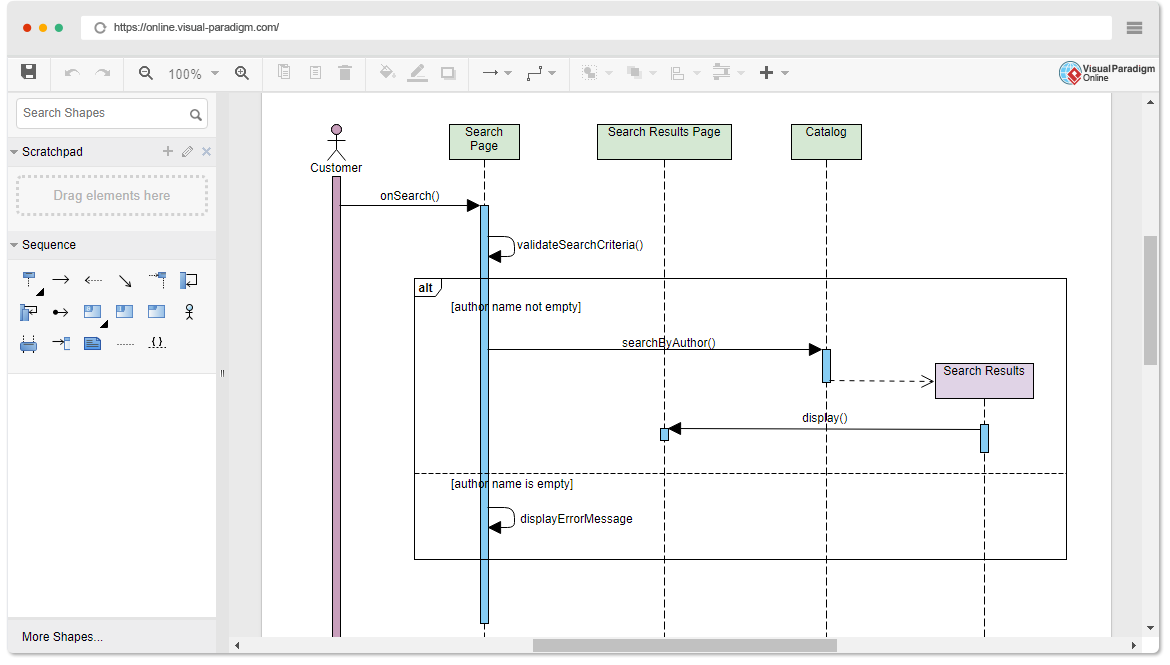

Tells whether the behavior can be invoked while it is still executing from a previous invocation. If the assertion is violated by the action, then the model is ill formed.) The default is false (an activity may make non-local changes). It may be used by an execution engine to optimize model execution. (This is an assertion, not an executable property. If true, this activity must not make any changes to variables outside the activity or to objects. If true, all invocations of the activity are handled by the same execution. Activities can also be used for information system modeling to specify system level processes.Īn optional set of Constraints specifying what must be fulfilled when the behavior is invoked.Īn optional set of Constraints specifying what is fulfilled after the execution of the behavior is completed, if its precondition was fulfilled before its invocation.

In this context, events often originate from inside the system, such as the finishing of a task, but also from outside the system, such as a customer call. Activities may be applied to organizational modeling for business process engineering and workflow. In this context, they are the methods corresponding to operations on classes. In an object-oriented model, activities are usually invoked indirectly as methods bound to operations that are directly invoked.Īctivities may describe procedural computation. Activities may form invocation hierarchies invoking other activities, ultimately resolving to individual actions. Activity nodes also include flow-ofcontrol constructs, such as synchronization, decision, and concurrency control.


A node can be the execution of a subordinate behavior, such as an arithmetic computation, a call to an operation, or manipulation of object contents. The flow of execution is modeled as activity nodes connected by activity edges. The subordinate behaviors coordinated by these models may be initiated because other behaviors in the model finish executing, because objects and data become available, or because events occur external to the flow. The behaviors coordinated by these models can be initiated because other behaviors finish executing, because objects and data become available, or because events occur external to the flow.Īn activity specifies the coordination of executions of subordinate behaviors, using a control and data flow model. These are commonly called control flow and object flow models. Definition The focus of activity modeling is the sequence and conditions for coordinating lower-level behaviors, rather than which classifiers own those behaviors.


 0 kommentar(er)
0 kommentar(er)
